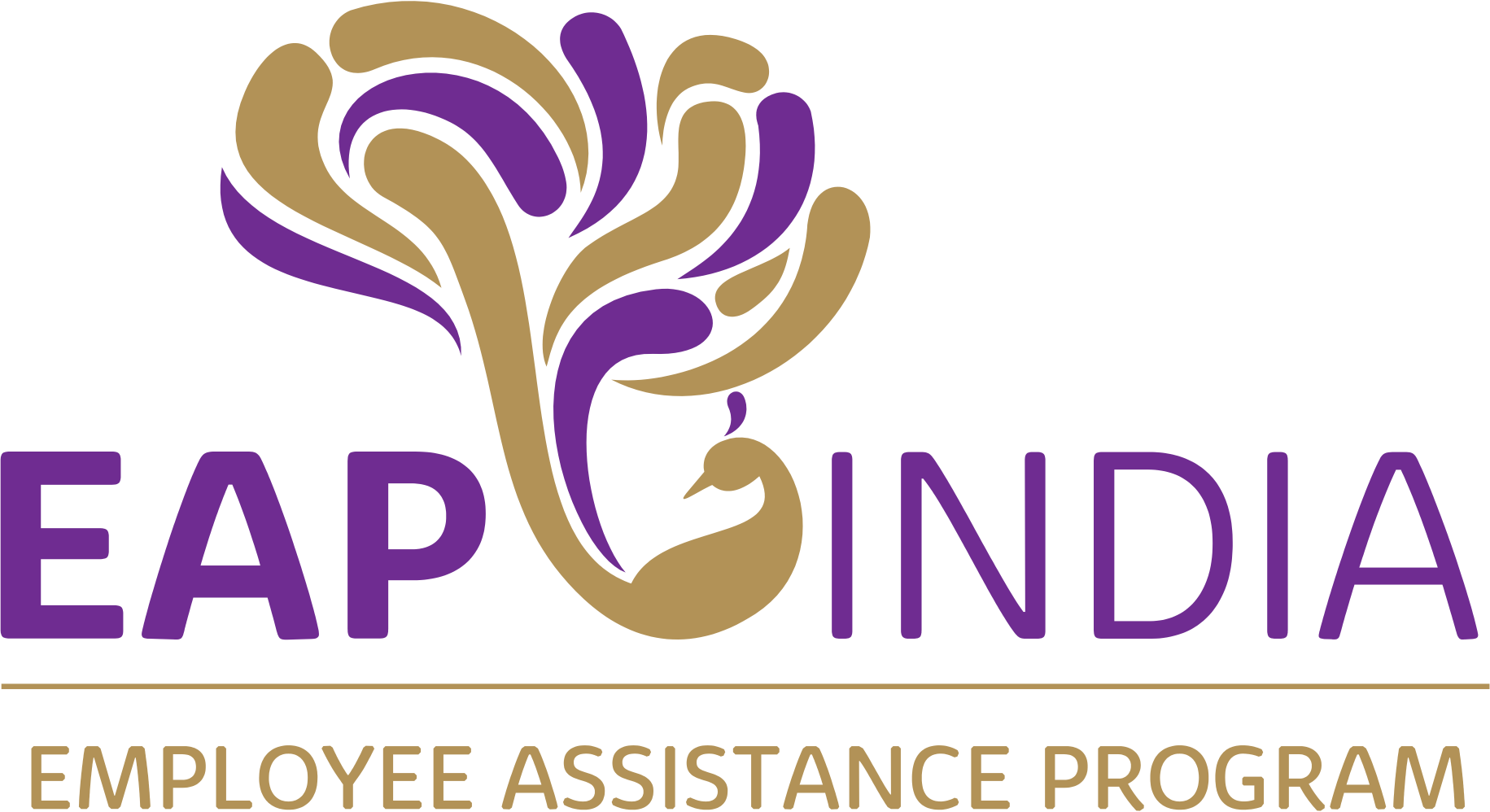In the hustle and bustle of today’s work environment, it’s easy to believe that simply hearing someone is the same as actively listening. While you may think that eliminating distractions, maintaining silence, and nodding in agreement constitute effective listening, true active listening involves much more. It’s not just about being present; it’s about engaging deeply with what’s being communicated, both verbally and non-verbally. This blog explores the essence of active listening and its profound impact on workplace dynamics.
What is Active Listening?
Active listening goes beyond hearing words; it’s about understanding and responding to the full spectrum of communication. Scientifically and psychologically, active listening comprises three key aspects:
- Cognitive Engagement: This involves not only comprehending what is being said but also grasping the underlying implications. It’s about integrating this information into your understanding of the situation.
- Emotional Presence: Effective listening requires you to manage your own emotions and respond with empathy to the speaker’s emotional state. This helps in creating a supportive environment where individuals feel valued and heard.
- Behavioral Indicators: True active listening is demonstrated through both verbal and nonverbal cues. This includes maintaining eye contact, nodding, maintaining an open posture, and using feedback to show that you’re engaged and understand the message.
The Benefits of Active Listening in the Workplace
Active listening is a cornerstone of effective communication and can lead to several key benefits in the workplace:
- Increased Productivity and Innovation: When you truly listen, you gain a comprehensive understanding of tasks and projects, which prevents minor oversights and fosters problem-solving and innovation. Diverse perspectives can spark fresh ideas and drive progress.
- Enhanced Morale: Employees who feel genuinely heard are more likely to stay engaged and motivated. Active listening boosts morale by showing that their contributions and concerns are valued.
- Improved Communication: By dedicating your full attention, you can better understand the needs and preferences of your team. This leads to improved planning, retention, and overall satisfaction.
- Stronger Relationships: Building trust through active listening strengthens relationships between managers and employees. When employees feel understood and acknowledged, they develop greater trust and rapport with their leaders.
- Better Decision-Making: Effective communication and understanding enhance decision-making processes. Teams that communicate well can navigate challenges more smoothly and make informed decisions.
Recognizing Active Listening in Action
How can you tell if someone is actively listening? Look for these indicators:
- Sustained Eye Contact: This shows that the listener is focused and engaged.
- Affirmative Nods: These signals of agreement and understanding.
- Calm Posture: Indicates openness and attentiveness.
- Verbal Feedback: Paraphrasing, summarizing, and asking open-ended questions to deepen the conversation.
How to Practice Active Listening
Improving your active listening skills involves:
- Understanding Your Listening Style:
- Task-Oriented: Focuses on efficiency and essential information.
- Analytical: Examines problems from a neutral perspective.
- Relational: Seeks to understand emotions and build rapport.
- Critical: Evaluates both the content and the speaker.
- Adapting Your Approach: Reflect on the purpose of the conversation and the focus. Choose the listening style that best suits the situation.
- Continuous Improvement: Regularly practice active listening by minimizing distractions, reflecting on your approach, and asking clarifying questions when needed.
For Leaders: Fostering a Culture of Active Listening
Leaders play a crucial role in modeling and encouraging active listening. Here’s how to cultivate a listening culture:
- Create a Trusting Environment: Encourage open communication and make everyone feel comfortable sharing their ideas and concerns.
- Seek Feedback: Establish platforms for feedback and remain approachable and open to diverse perspectives.
- Listen Without Bias: Engage with the intent to understand, not to respond or advance personal agendas.
Active listening is not just a soft skill; it’s a vital component of effective leadership and team dynamics. By honing this skill, you can enhance communication, foster innovation, and build stronger, more cohesive teams. Start practicing active listening today and watch as your workplace transforms into a more engaged and productive environment.




